BioEYES is Making Science Cool
24 June 2019
Pictured: a wild type strain of zebrafish at the Fishcore Aquarium shared by Monash University and the Australian Regenerative Medicine Institute.
In the latest MTPConnect podcast episode ‘Advancing STEM Education with BioEYES’ our listeners were introduced to a unique program called BioEYES, led by Monash University’s Biomedicine Discovery Institute (BDI) Outreach Education Coordinator Laura Reid.
BioEYES brings STEM to primary and secondary schools across Victoria, opening up the student’s minds to the power of STEM using zebrafish.
MTPConnect’s Communications & Digital Officer Shannan Osrin joined Laura for a tour of the Fishcore Aquarium located at the Australian Regenerative Medicine Institute (ARMI) shared by BDI, to learn more about the program.
Laura spoke about the importance of the program that brings an additional science offering to the Victorian school curriculum. She noted that the BioEYES program can make a real difference to students’ outlook on STEM.
“The greatest impact I have heard while teaching this program is seeing students go from being completely disengaged in the classroom and uninterested, to within a couple of hours or even the next day, they are running up to me saying ‘this has happened,’ or ‘my baby [fish] just moved."
After the five-day program, she added that the students often say they, "feel like a real scientist.”
Laura also noted that during the stay at the school, BioEYES becomes “an event enjoyed by students, their parents and teachers.” But according to Laura, the real stars are the zebrafish.
“With BioEYES we actually take out two separate strains of zebrafish – a wild type strain (has pigmented skin that forms into stripes) and a nacre strain (albino),” she explained.
“Why we take the two different strains out is so that we can do some genetic work within the program, and the first day students are learning about biomedical research, what it is and why zebrafish are so amazing to use.
“The students continue to see the changes in the zebrafish and by the end of the week they can also see the outcome of their hypothesis of how many of the fish offspring end up being wild strain or nacre.
“They have discovered the evidence themselves by reflecting back to their hypothesis and they now have the knowledge and the confidence to understand why,” she said. “Students become enthralled and they say they want to continue science in the future because they think science is cool.”
For more information on BioEYES, visit their website.
Listen to the MTPConnect podcast episode here to go behind the scenes of the BioEYES program. And for more stories, issues and people from the MTP sector don't forget to subscribe; it's free and new episodes will be delivered straight to your device.
